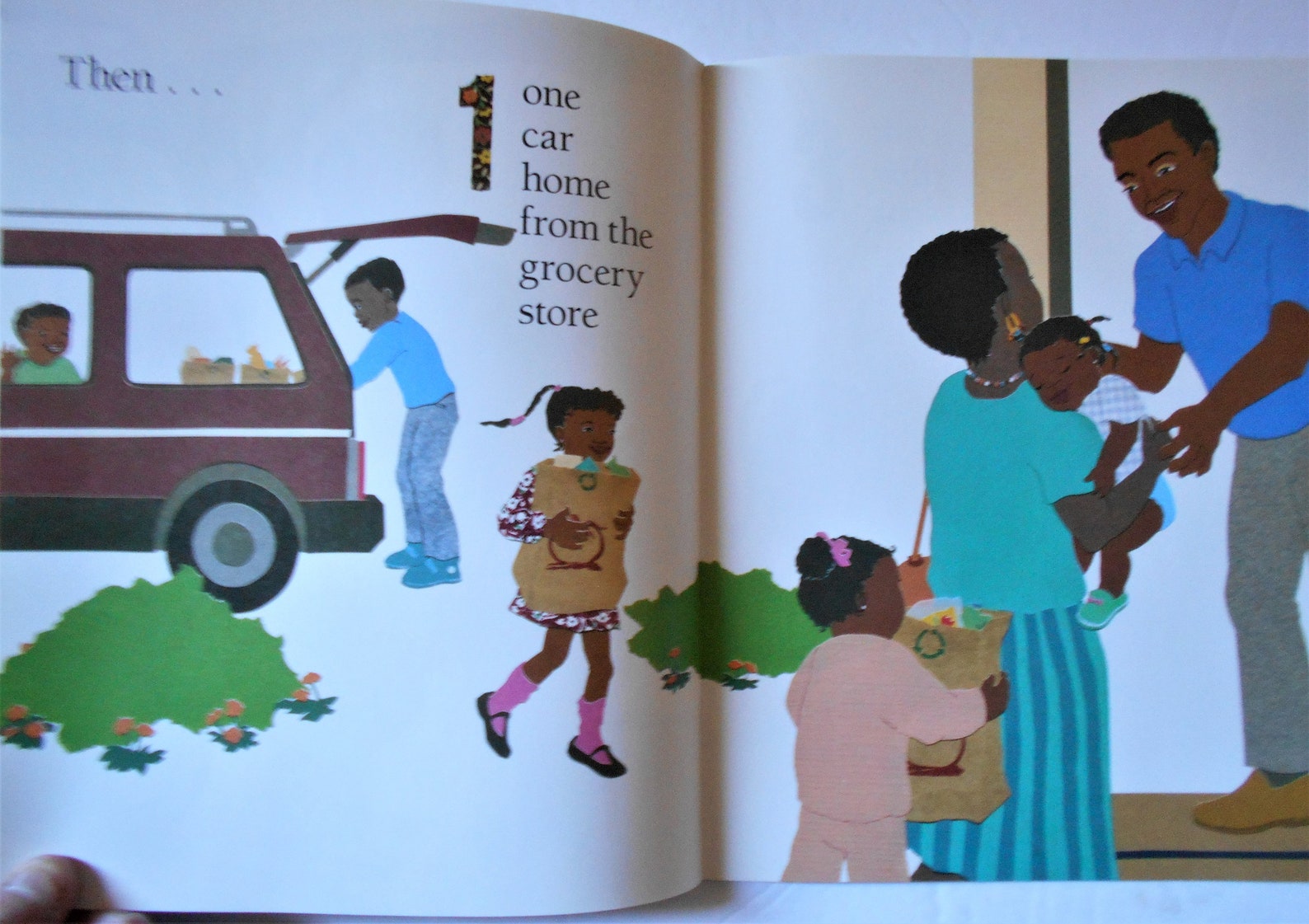

The school also takes care to present diversity in teaching materials. Other times it happens while reading illustrated books about children from diverse backgrounds. “There isn’t an age when this isn’t important and appropriate.”Įmily Cresswell, an LPCNS teacher, said she and her colleagues routinely find ways to acknowledge and discuss differences, despite the school’s relatively homogenous classes.ĭiscussion of race often begin when the children notice differences amongst themselves, Cresswell says. “I think it is important to address issues of tolerance in a context of meaning in the preschool setting with the relationships they have, the materials and activities they interact with and the literature they are exposed to,” Nagy said. This is why Nagy said her teachers at LPCNS focus on openly acknowledging and discussing differences in the classroom, especially through children’s literature. But according to Bronson and Merryman, all children will inevitably stereotype and categorize people based on race, much to their parents’ dismay.

The book NurtureShock reiterates this in the chapter “Why White Parents Don’t Talk About Race.” Authors Po Bronson and Ashley Merryman found that some parents choose not to discuss race with their children, assuming they are making them extremely tolerant and “color-blind” by not pointing out obvious differences.

“So it is vital during early childhood to put some context around making sense of differences.” “Young children are hard-wired in their brains to notice difference and to categorize it,” Nagy said.

Is this seemingly color-blind attitude a good thing? Not necessarily.įor Shannon Nagy, the preschool’s director, the key to addressing race is talking directly about it––and starting young. The book, focusing on counting skills, follows a family through the relatively mundane task of grocery shopping and preparing a meal-from one grocery cart to 10 hungry people.īut when the group of predominantly white 3-year-olds listened to and asked questions about the story, none commented that the family in the book was black. Feast for 10, a children’s book by Cathryn Falwell, recently found its way into a lesson at Chicago’s Lincoln Park Cooperative Nursery School.


 0 kommentar(er)
0 kommentar(er)
